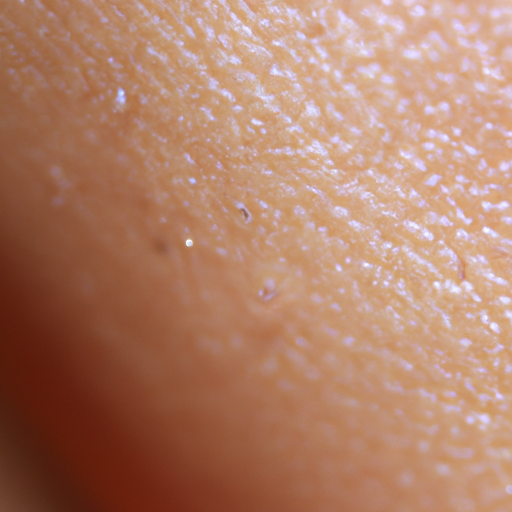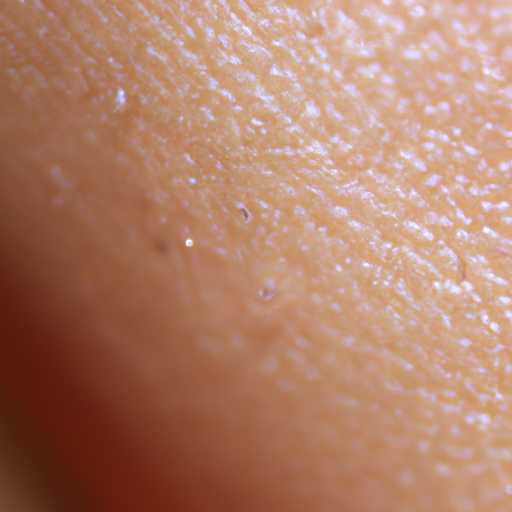As a medical professional, I have encountered numerous patients who struggle with oily skin. This condition, often seen as a cosmetic concern, can significantly impact an individual’s self-esteem and quality of life. However, understanding the causes and symptoms of oily skin can help in managing this condition effectively.
Oily skin is characterized by an excess production of sebum, a natural skin oil that helps protect and hydrate the skin. When produced in the right amounts, sebum is beneficial. However, when the sebaceous glands produce too much oil, it can lead to a shiny or greasy appearance, clogged pores, and various skin issues such as acne.
Several factors contribute to oily skin. Genetics plays a significant role; if your parents have oily skin, you are likely to inherit the trait. Hormonal changes or imbalances can also trigger increased oil production. This is why teenagers often experience oily skin during puberty, and women may notice changes in their skin’s oiliness throughout their menstrual cycle, during pregnancy, or when using hormonal contraceptives.
Stress is another contributing factor. When we’re stressed, our bodies produce more androgen hormones, which can stimulate oil production. Environmental factors such as humidity and heat can also increase sebum production, leading to oilier skin.
Diet may also play a role in oily skin. Some studies suggest that diets high in sugars and fats can stimulate sebum production. However, more research is needed to fully understand the relationship between diet and oily skin.
The symptoms of oily skin are relatively easy to identify. The most obvious sign is a shiny or greasy appearance. You may also notice large or visible pores on your skin. Oily skin often leads to clogged pores, which can result in blackheads, pimples, or other types of acne. Some people with oily skin may also notice that their makeup seems to “slide off” or not stay in place.
While oily skin can be frustrating, it’s important to remember that it’s not necessarily a sign of poor hygiene. In fact, over-cleansing or scrubbing your skin too hard can actually stimulate more oil production. It’s also worth noting that while oily skin can lead to acne, not everyone with oily skin will develop acne.
If you’re struggling with oily skin, it’s important to find a skincare routine that works for you. This often involves using gentle, oil-free cleansers and moisturizers, and avoiding products that can clog your pores. In some cases, prescription medications or treatments may be necessary.
It’s also important to protect your skin from the sun. While it may seem counterintuitive, sun exposure can actually trigger more oil production. Plus, many sunscreens are oil-based, which can make your skin feel even oilier. Look for oil-free or non-comedogenic sunscreens, which won’t clog your pores.
In conclusion, oily skin is a common condition that can be influenced by a variety of factors, including genetics, hormones, stress, environment, and diet. While it can be challenging to manage, understanding the causes and symptoms of oily skin is the first step towards finding an effective treatment plan. If you’re struggling with oily skin, I recommend consulting with a dermatologist or other healthcare professional who can provide personalized advice and treatment options.




